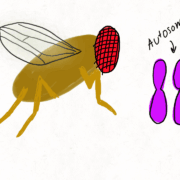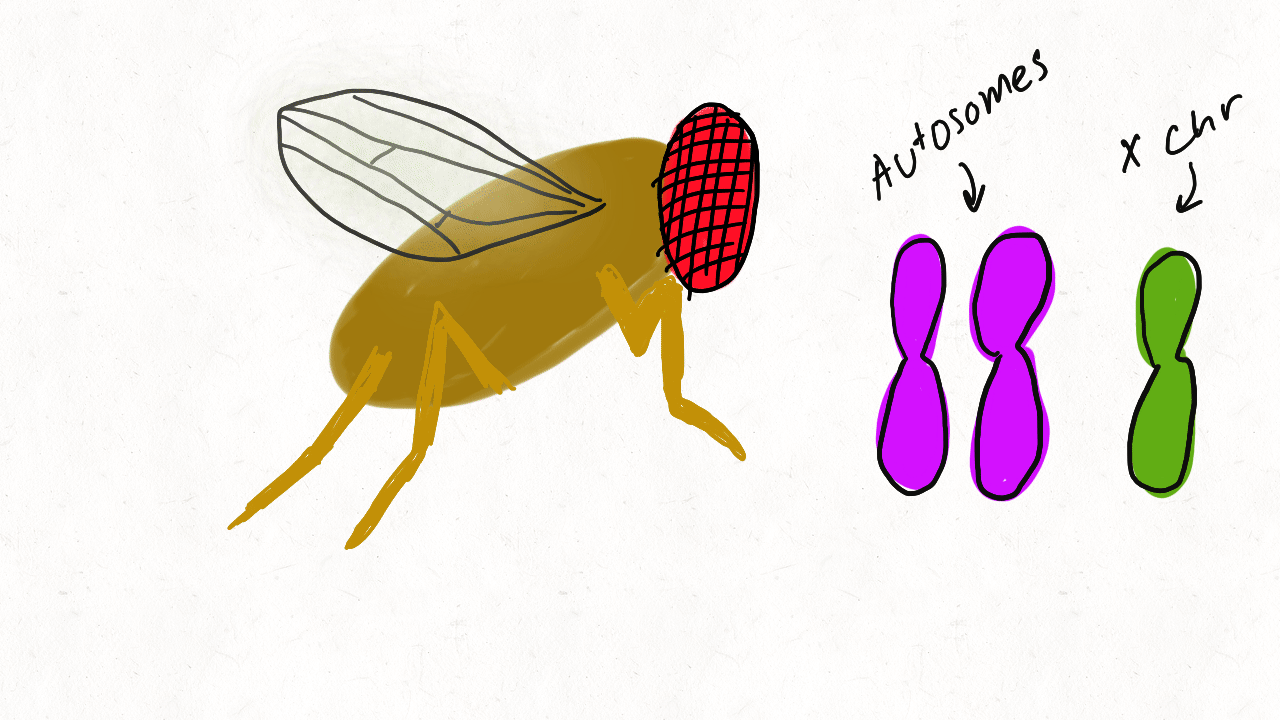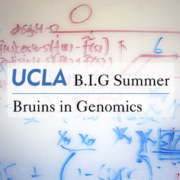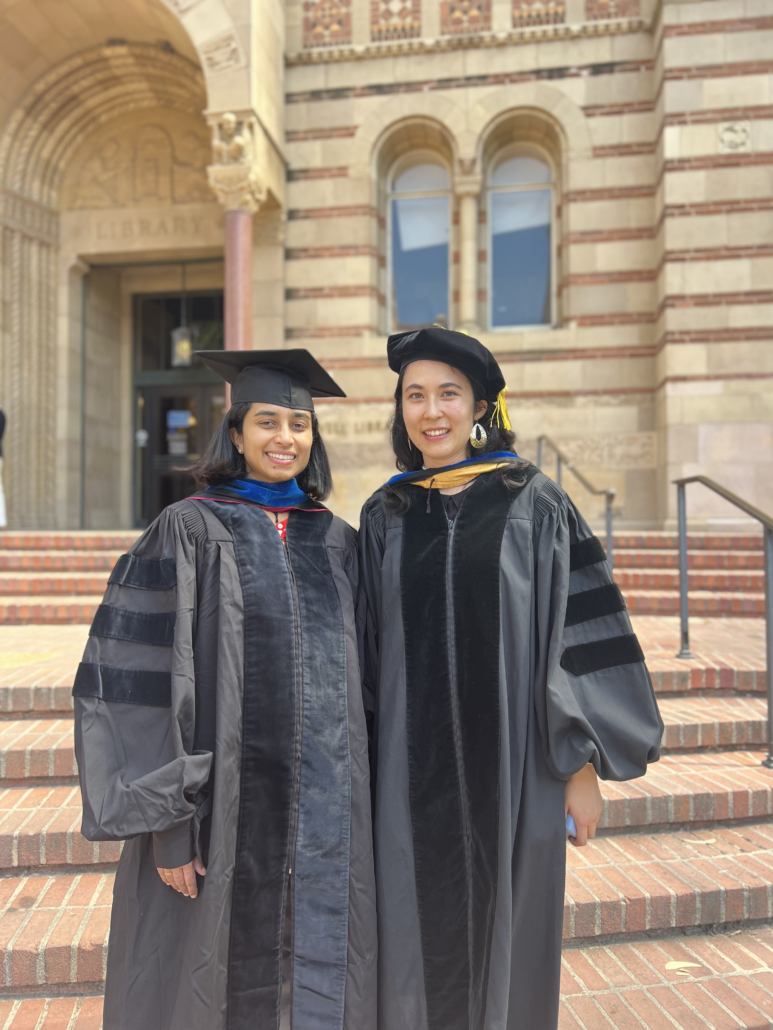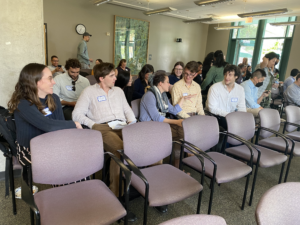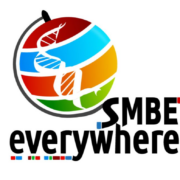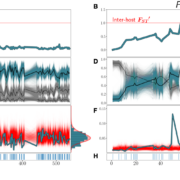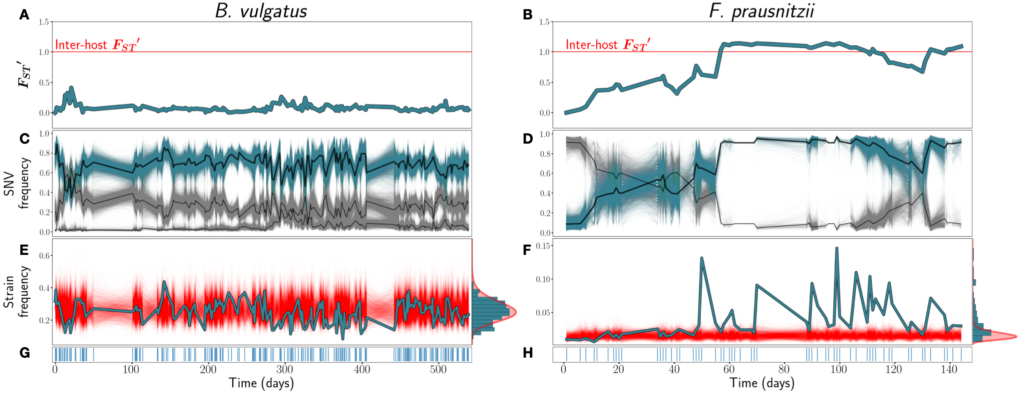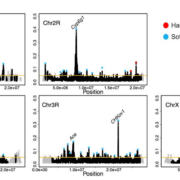We are thrilled to share that our recent manuscript on the Enrichment of hard sweeps on the X chromosome of Drosophila melanogaster has now been accepted at Molecular Biology and Evolution! This work is with the very talented first author and PhD student, Mariana Harris.
The X chromosome is hemizygous in males and has ¾ Ne compared to autosomes. How do these factors impact the tempo and mode of adaptation (e.g. prevalence of hard versus soft sweeps) on the X compared to autosomes? Previously we showed with haplotype statistics (H12 and H2/H1) that soft sweeps are pervasive on autosomes in Drosophila melanogaster. These statistics since have been used in numerous other organisms to detect both hard and soft sweeps. https://tinyurl.com/soft-sweeps.
In this paper, we quantify the incidence of hard versus soft sweeps on the X chromosome with H12 and H2/H1 in both simulations and data. In simulations under a wide range of evolutionary scenarios, hard sweeps are expected to be more common than soft sweeps on the X. This arises from hemizygosity resulting in more efficient purging of initially deleterious standing variation, but also from the lower Ne on the X. Hard sweeps are enriched in D. mel data too. To apply H12 and H2/H1 to the data, we wanted to make sure that haplotype window sizes are comparable to that of autosomes. The X has fascinatingly lower levels of diversity compared to the autosomes, making comparable SNP-based window sizes based a little tricky. However, Mariana did some really great work in making this happen and I encourage you to read the paper to learn more.
Here is a plot of the scan of H12 along all chromosomes – highlighted in blue are the inferred hard sweeps, and in red the inferred soft sweeps. The X has proportionally more hard sweeps than the auto! Also notice that we recovered a positive control, Fezzik, on the X with this scan, in addition to three positive controls on the auto at Ace, Cyp6g1, and CHKov1!
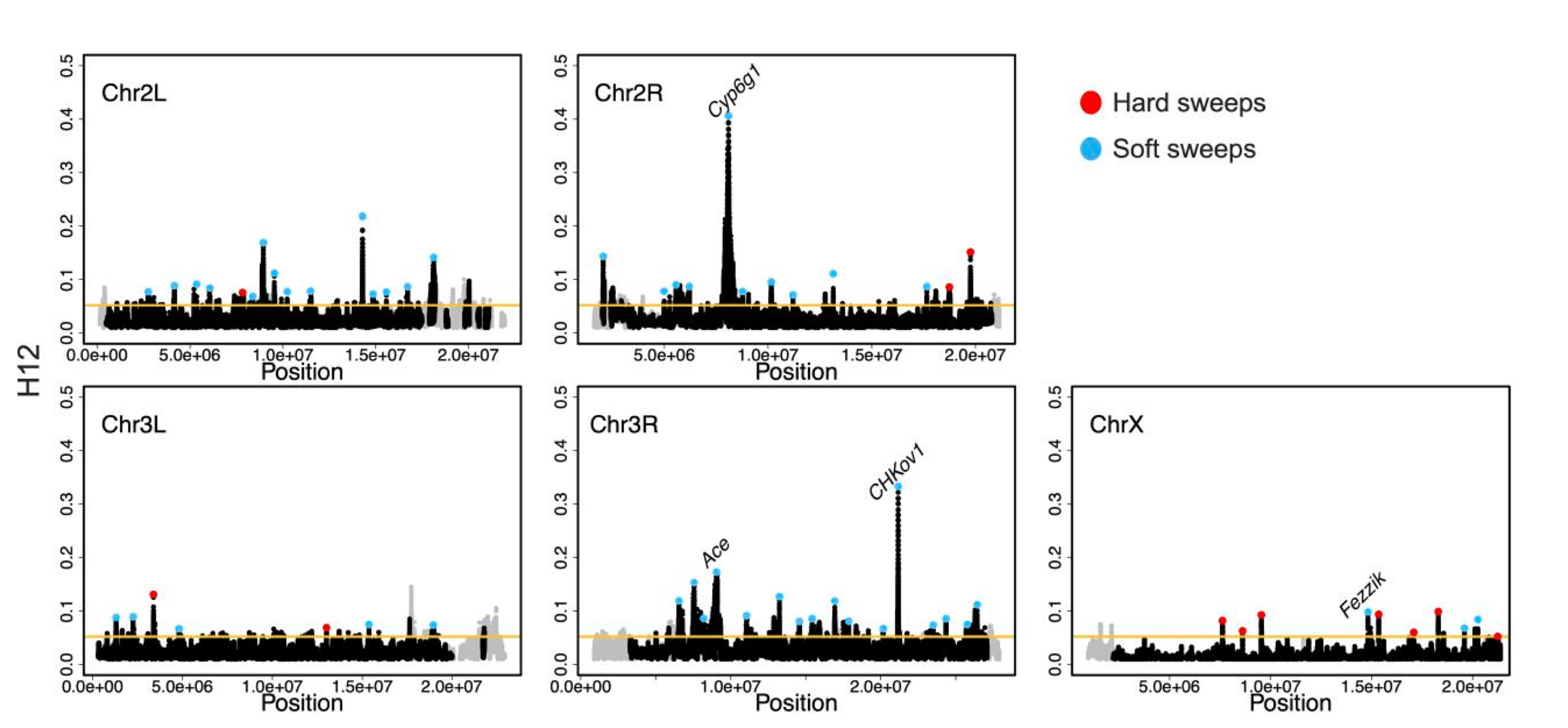
Figure from the paper: H12 scan in the DGRP data. H12 scan in DGRP data for four autosomal arms and the X chromosome. For the autosomal scan, each data point represents an H12 value in a 401-SNP window down sampled to 265 SNPs. For the X chromosome, windows of 265 SNPs were used. Regions with recombination rates <5 × 10−7 cM/bp were excluded from the scan and are denoted in gray. The golden line represents the 1-per-genome FDR line calculated under admixture Model 1 and a recombination rate of 5 × 10−7 cM/bp (see Materials and methods). The red and blue data points denote the top 50 and top 10 autosomal and X chromosome peaks, respectively. Blue and red data points correspond to the peaks that were classified as soft and hard sweeps, respectively, by our ABC approach with demographic Model 1, as described in the section “Softness of Sweeps on the X versus Autosomes”. The four positive controls (Ace, Cyp6g1, CHkov1, and Fezzik) are highlighted in the scan.
Finding that hard sweeps are more enriched the X in D. mel is the first step. How general is this phenomenon across diverse Drosophila species? This is an avenue for future work! Many thanks to our colleagues and anonymous reviewers for the very helpful feedback! We’d love to hear from you if you have any comments of questions about our paper. Also, Mariana will be at #Dros23!



